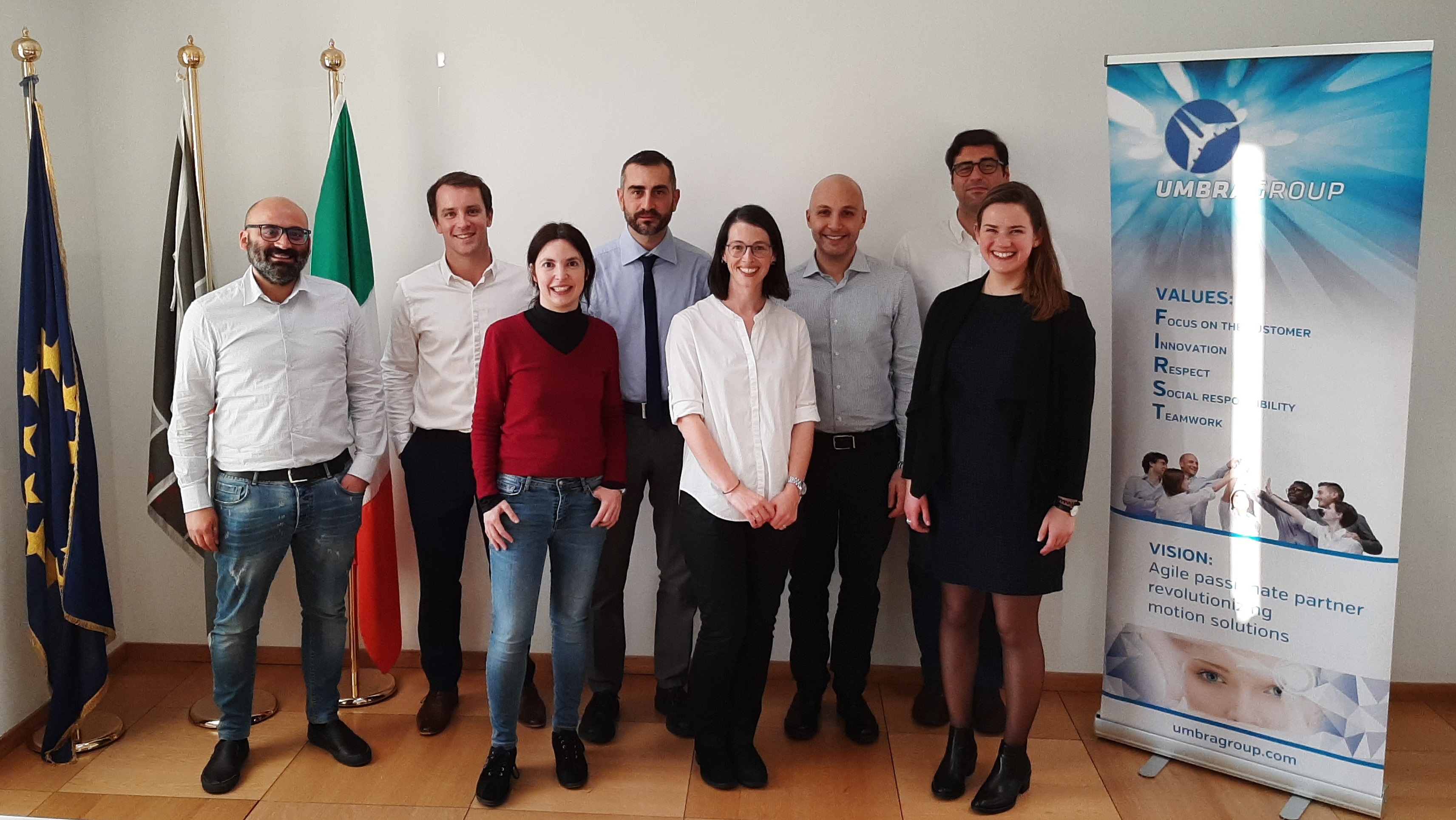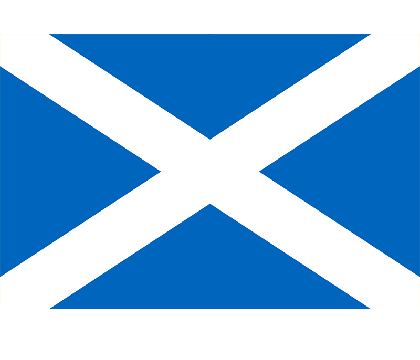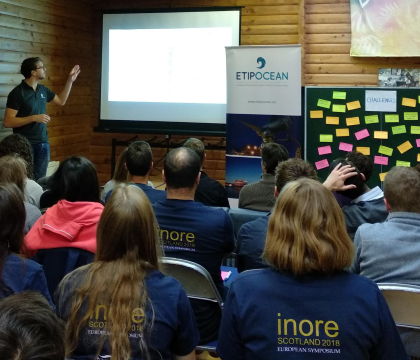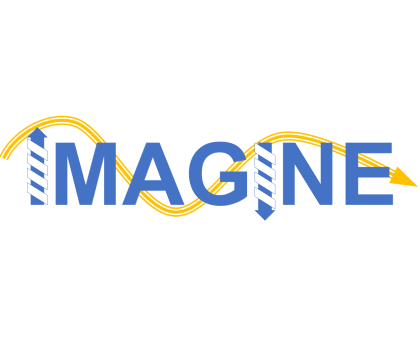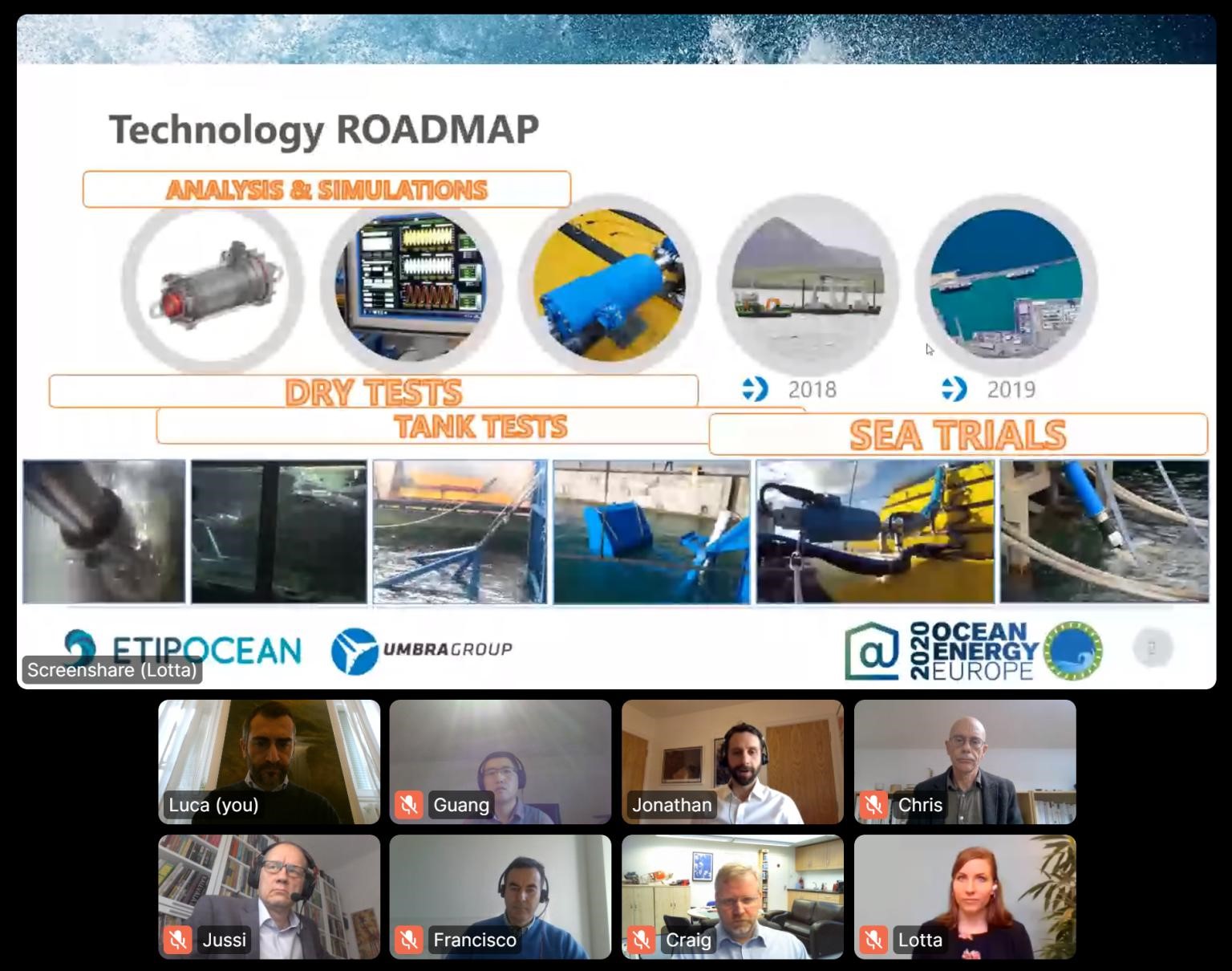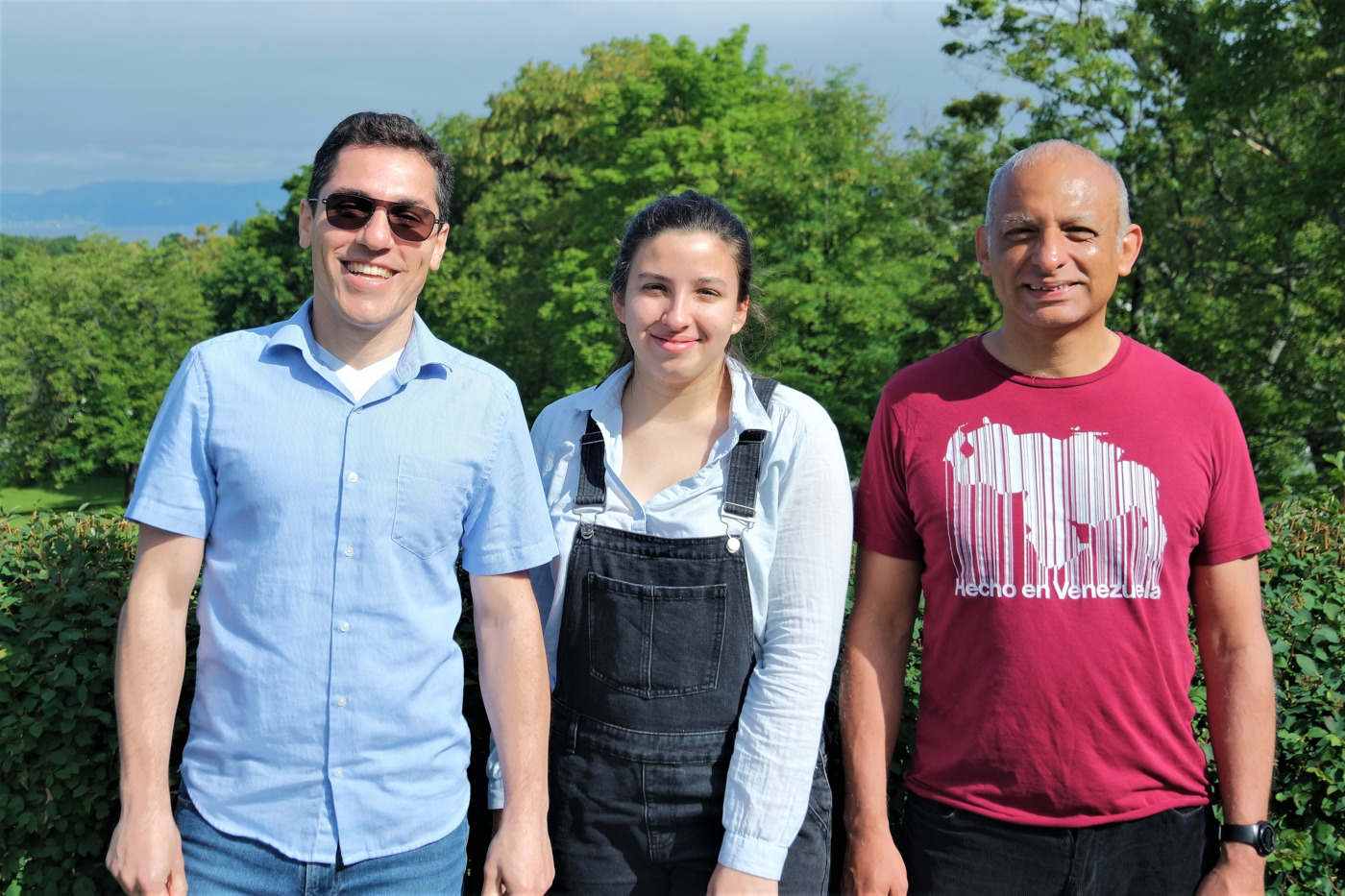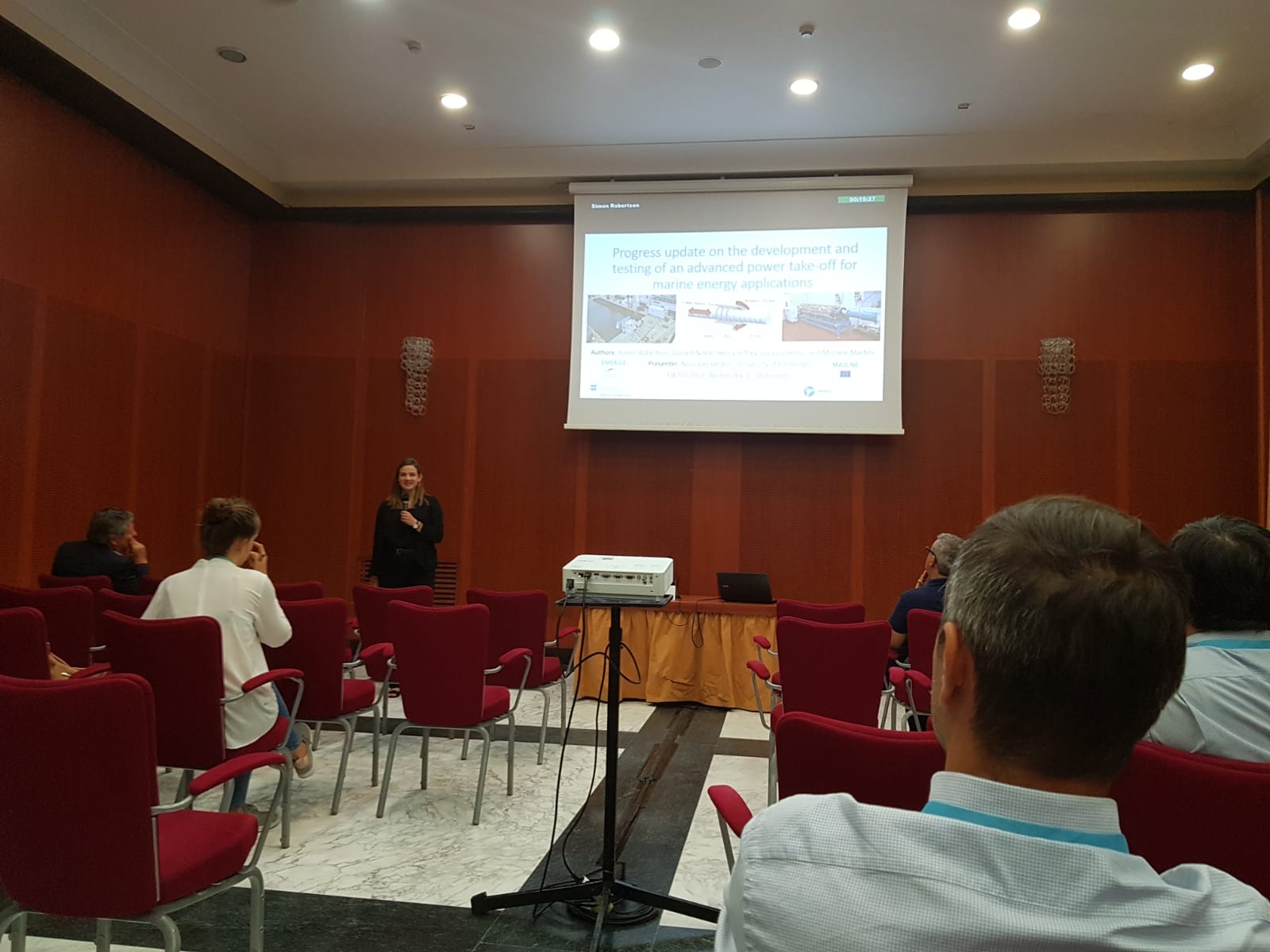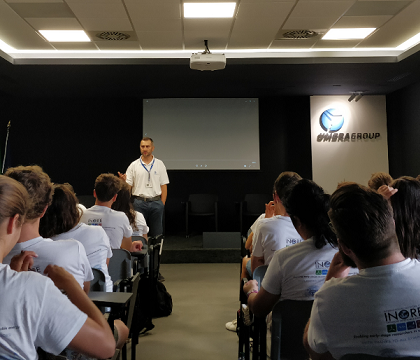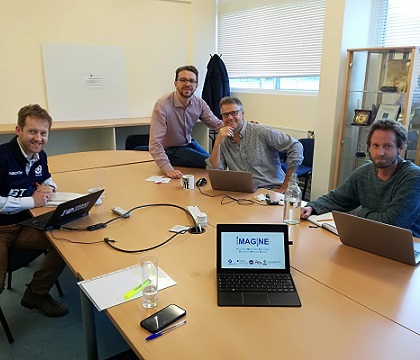
The Project

Innovative Method for Affordable Generation IN ocean Energy
IMAGINE “Innovative Method for Affordable Generation IN ocean Energy” is a European collaborative project funded by the European Commission under the Horizon 2020 research and innovation programme.
The theoretical, global energy potential of wave energy is higher than the global electricity consumption, however there are not yet any commercial devices to exploit this resource. Cost reduction and reliability are key challenges for the wave energy sector, with the Power-Take Off (PTO) a major cost element of a typical Wave Energy Converter (WEC).
The IMAGINE project will therefore develop and demonstrate an innovative PTO concept for wave energy applications. The groundbreaking Electro-Mechanical Generator (EMG) is based on UMBRAGROUP’S advanced aerospace engineering. Read more about the technology.
Throughout the IMAGINE project, needs and solutions will be identified, and the technology developed. This will include HardWare-In-the-Loop (HWIL) testing, plus techno-economic assessment. Read more about the project and constituent work packages.
discover moreWave Energy
Globally, the theoretical wave power resource is extremely large, with estimates around 18 to 32 PWh/year. For comparison Enerdata gives global electricity consumption in 2016 of 21 PWh, where 1 PWh = 1 000 000 000 000 kWh, or “units” of electricity on your bill, and the average European household uses about 3 800 kWh/year.
Although it will not be technically or economically possible to capture all of this, it is still a very worthwhile prize. Based on these estimates, it was concluded that by 2050 wave energy could reach up to 10% of the European Union installed capacity for power generation and thus considerably contribute to further reduce greenhouse gases emissions.There are many different concepts in development to capture the motion of the waves and convert this to useful electricity.These may be mounted on the coastline, on the seabed, or floating in deeper water. Most devices then use some form of electro-mechanical, hydraulic, or pneumatic system to convert the slow reciprocal motion of waves into high-speed rotary motion connected to an electrical generator. This electricity is then collected, transformed, and transmitted to shore and the local electricity grid.
Project Objectives
The main objective of the IMAGINE project (“Innovative Method for Affordable Generation IN ocean Energy”) is to develop a new Electro-Mechanical Generator (EMG) for wave energy applications: a ground-breaking technology that can decrease by over 50% the CAPEX of current PTO technologies, while increasing average efficiency above 70% and lifetime to 20 years.
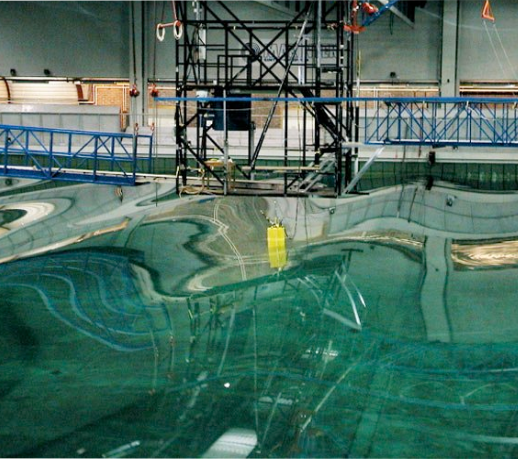
Specific sub-objectives of the IMAGINE project are:
Design, development, and fabrication of a 250kW EMG prototype. This will be based on transferring consolidated knowledge from the aerospace industry, and the EMG is characterised by:
- High average efficiency, expected to be in the range 70%-85%;
- High affordability, achieving a CAPEX reduction of over 50% with respect to current PTO technologies already at the prototype stage;
- High reliability, with an expected Mean Time Between Failures (MTBF) of 20 years.
Design and realization of a HardWare-In-the-Loop (HWIL) test bench, to emulate the EMG interaction on different WEC concepts at a relevant scale.
Demonstration of the EMG integrability, flexibility and reliability through:
- Testing the combined WEC-EMG performance on the HWIL system;
- Identification and implementation of new generator control strategies on the HWIL system, aimed at increasing power extraction efficiency and power quality;
- Realization of a Failure, Modes, Effect, and Criticality Analysis (FMECA) and a High Accelerated Life Test (HALT).
Demonstration of the EMG affordability and manufacturability, through:
- A detailed techno-economical assessment of the EMG;
- An evaluation of the EMG fabrication process and standardization potential.
A detailed assessment of the Technology Readiness Level (TRL) of the EMG and a Business Plan to be implemented at the end of this project.
News
Events
November 30, 2021
Online
2nd Project Technical Workshop
openThe video presents the second technical workshop for the IMAGINE project, which is funded by the European Union’s H2020 Programme under Grant Agreement No. 764066. Technical workshops are one of the means identified for the IMAGINE project results dissemination.
April 28, 2021
Online
ICOE 2021
openThis unique all-virtual experience will bring together international stakeholders, experts and exhibitors from the ocean energy sectors (tidal, wave, ocean currents, ocean thermal gradients) with content and networking opportunities—available from anywhere in the world.
ICOE 2021 is hosted by the National Hydropower Association (NHA), and is supported by the International Energy Agency (IEA) through Ocean Energy Systems (OES). OES is an intergovernmental group that works on international collaboration for ocean energy in order to accelerate the development of the sector and reduce the costs of these energies. NHA’s Marine Energy Council is the leading trade organization of the U.S. ocean energy industry, providing a united voice for the full spectrum of ocean energy technologies.
The ocean energy industry will come together April 28-30, 2021 to discuss device innovation, new market developments and regulatory frameworks to spur commercialization. In addition to unparalleled opportunities to network and learn from industry leaders from around the world, ICOE 2021 provides a variety of forums for attendees to share advancements in research and technology breakthroughs.
The theme for ICOE 2021 is “Energizing a Powerful Blue Economy”. NHA is excited to showcase innovations in ocean energy technology research and development, prepare ocean renewable energy to benefit the larger “Blue Economy” and the electrical grid, and identify research needed to further advance the state of the technology.
December 05, 2020
Online
OEE Online Conference & Exhibition 2020
openThe annual Ocean Energy Europe Conference & Exhibition is the meeting point for the whole ocean energy sector.
Network, raise your profile and learn about the latest industry developments via our programme.
Our annual event is moving online, so you won’t miss out on anything this year. The new event dates are 1 – 4 December and registration will be open soon.
Going virtual means we can delivery the best event possible without compromising on safety. It also means that it is now easier than ever to join the event, from anywhere in the world!
While it’s not quite business-as-usual, there will be plenty of opportunities to connect with your peers and get up to speed with the latest news from the sector .

